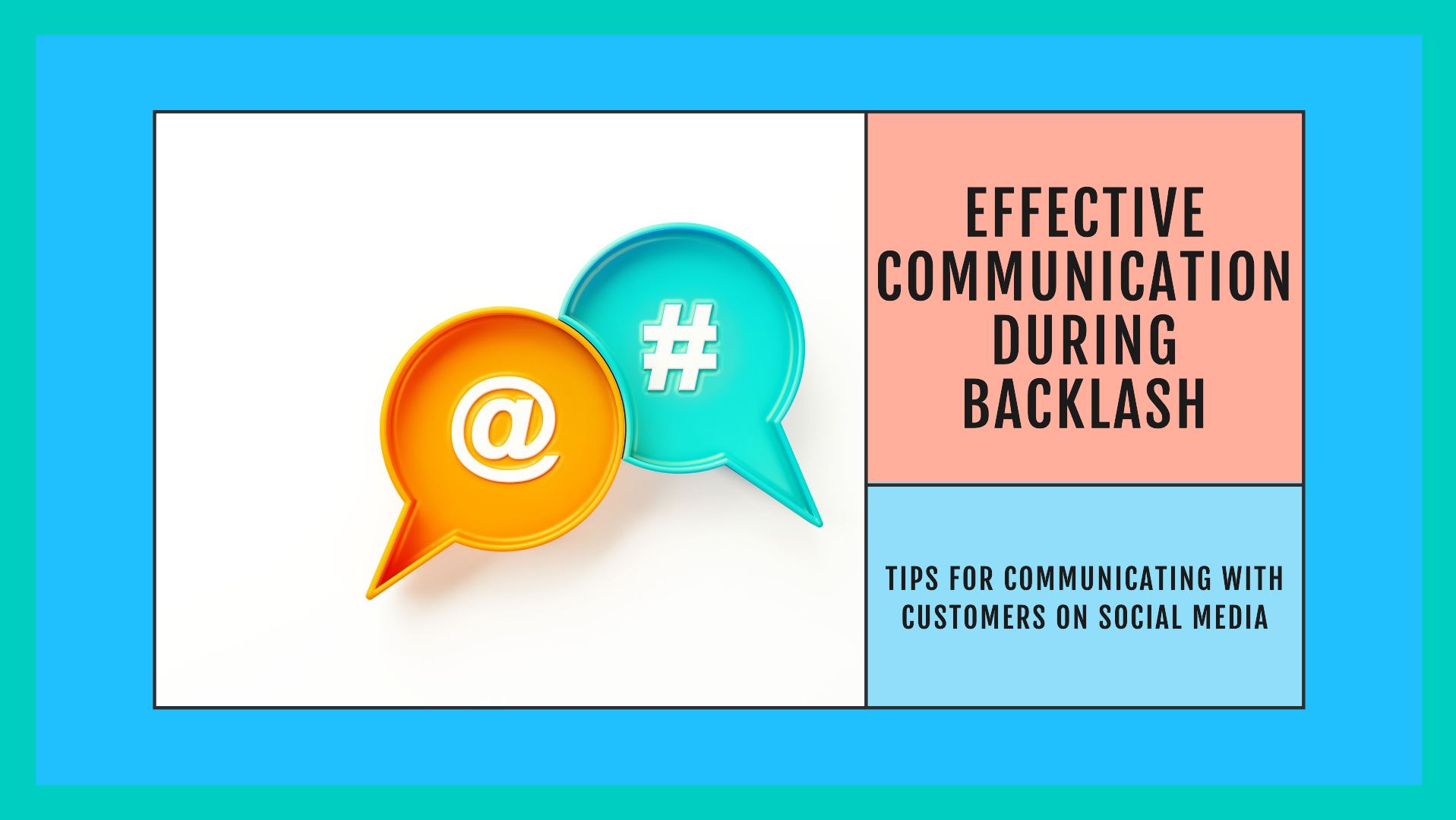
How do you handle negative comments or backlash on social media?
Written by Wayne Lewis
First and foremost, it’s crucial to grasp the underlying reasons for the social media backlash you’re facing. Is it a result of a mistake or miscommunication on your part? Or is it a matter of differing opinions? Once you pinpoint the root cause, you’ll be better equipped to navigate and communicate effectively with your customers.
Here are some steps you can take to communicate effectively:
1. Listen actively: It’s crucial to listen carefully to what your customers say, whether positive or negative feedback. Avoid becoming defensive and instead try to understand their perspective and concerns.
2.Acknowledge the issue: If your mistake has caused the backlash, own up to it and apologize sincerely. For instance, you can say, ‘We understand that our recent [issue] has caused frustration, and we sincerely apologize for the inconvenience.’ this shows that you take responsibility for your actions and care about your customers’ experiences.
3. Respond promptly: Social media moves quickly, so respond promptly to any comments or messages from upset customers. This shows that you are paying attention and taking their concerns seriously.
4. Be transparent: Transparency builds trust with customers. If any changes are being made or decisions are being taken because of the backlash, please let your audience know about this.
5. Be empathetic: Step into your customer’s shoes and show understanding towards their feelings and frustrations. This not only helps build an emotional connection but also has the power to
diffuse tense situations, making your customers feel reassured and connected.
6. Provide solutions: Instead of just acknowledging the issue, offer potential solutions or ways to address the problem. Customers appreciate seeing action being taken rather than just empty words.
7. Take conversations offline if necessary: Sometimes, public debates on social media may need to be more productive for both parties involved. In such cases, you can offer an email address or direct messaging option where further discussions can occur privately.
8. Monitor sentiments: It’s crucial to monitor online responses through hashtags or tools like Google Alerts. This will help determine whether damage control measures are needed. Real-time feedback can guide your response strategy and help you address the backlash more effectively.
9. Be consistent: Ensure your messaging remains consistent across all platforms. Inconsistencies can further escalate the situation and damage your credibility.
Effective communication during a social media backlash requires active listening, transparency, empathy, and prompt action. By following these steps, you can turn a negative situation into an opportunity to show your customers that their opinions and experiences matter to you.
Effective communication during a social media backlash requires active listening, transparency, empathy, and prompt action. By following these steps, you can turn a negative situation into an opportunity to show your customers that their opinions and experiences matter to you.
